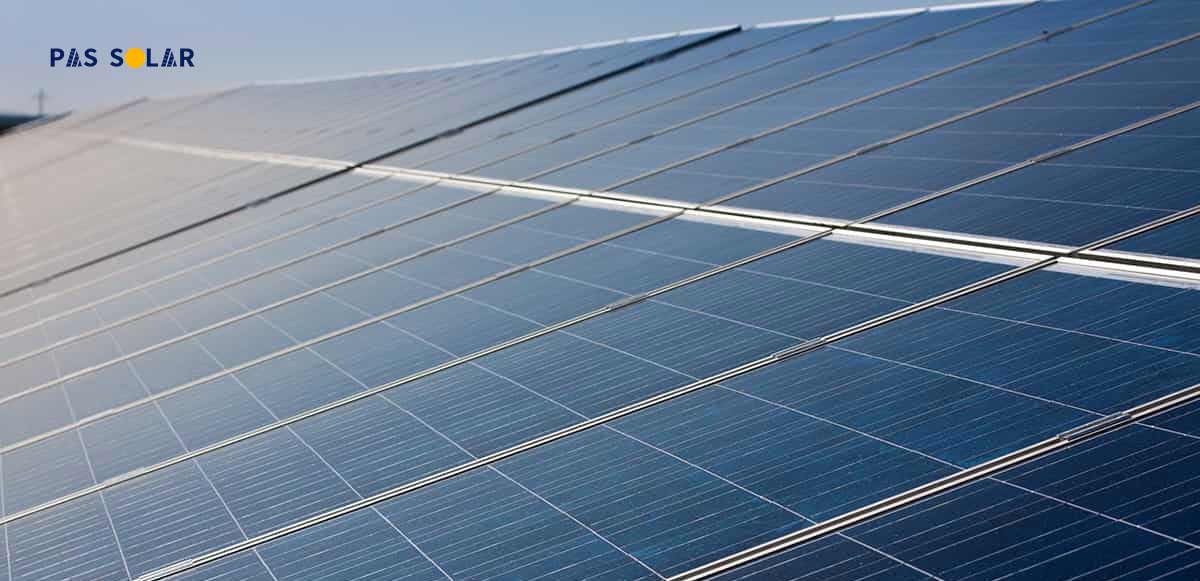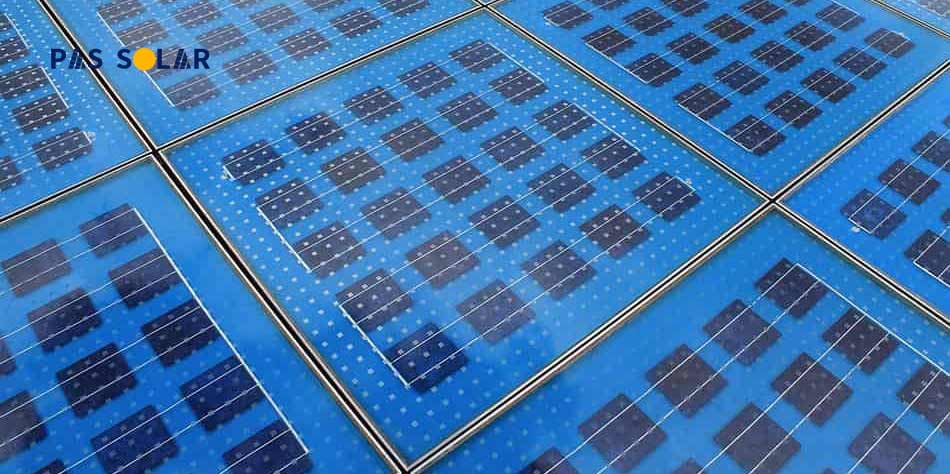Photovoltaics, once used almost exclusively in space, powering satellite electrical systems since 1958, are increasingly being used in less exotic ways. Solar cell function continues to be used in new devices all the time, from sunglasses to electric vehicle charging stations.
The hope of a “solar revolution” has been floating around for decades: the idea that one day we will all use the sun’s free electricity. This is an alluring promise because, on a bright, sunny day, the sun’s rays emit approximately 1,000 watts of energy per square meter of the planetary surface. If we could harvest all that energy, we could easily power our homes and offices for free.
In this article, we’ll take a look at the solar cell function to learn how they convert energy from the sun directly into electricity.
Application of solar cell: conversion of photons into electrons
Solar cells seen in calculators and satellites are also called photovoltaic (PV) cells, which, as the name implies (photo means “light” and voltaic means “electricity”), convert sunlight directly into electricity. A module is a group of cells electrically connected and packaged in a frame more commonly known as a solar panel in Dubai, which can then be bundled into larger solar arrays.
Photovoltaic cells are made of special materials called semiconductors, such as silicon, which is most commonly used today. When light falls on the cell, a certain part of it is absorbed within the semiconductor material. That’s one of the characteristics of a solar cell and means that the absorbed light energy is transferred to the semiconductor. The energy loosens the electrons, allowing them to flow freely.
That is the basic solar cell function, but there is much more. Next, let’s take a deeper look at an example of a photovoltaic cell: the monocrystalline silicon cell, and the construction and working of a solar cell.
How silicon makes a solar cell
The solar cell function depends on the chemical properties of silicon, especially in its crystalline form. The electrons in a silicon atom are arranged in three different shells. The first two shells, containing two and eight electrons respectively, are full. The outer shell, however, is only half filled with just four electrons.
A silicon atom will always look for ways to fill its last shell and to do so, it will share electrons with four nearby atoms. It’s as if each atom were holding hands with its neighbors, except in this case, each atom has four hands attached to four neighbors. That’s what makes up the crystalline structure, and that structure turns out to be important for this type of photovoltaic cell.
The only problem is that pure crystalline silicon is a poor conductor of electricity because none of its electrons can move freely, unlike the electrons in more optimal conductors like copper, which can hinder the solar cell function. To address this problem, the silicon in a solar cell has impurities, other atoms purposely mixed in with the silicon atoms, which changes the way things work a bit.
We usually think of impurities as something undesirable, but in this case, this improves solar cell efficiency. Consider silicon with a phosphorous atom here and there, perhaps one for every million silicon atoms.
When energy is added to pure silicon, in the form of heat, for example, it can cause some electrons to break free of their bonds and leave their atoms. A gap is left in each case. These electrons, called free carriers, then wander randomly around the crystal lattice looking for another hole to fall into and carry an electrical current. However, there are so few of them on pure silicon that they are not very useful.
This is the technology used in JA solar panels. To learn more about this technology and its application in solar panels, refer to the JA solar panels.
Solar cell structure
Until now, our two separate pieces of silicon were electrically neutral; the solar cell function gets interesting when you put them together. That’s because, without an electric field, the cell wouldn’t work; the field is formed when the two types of solar cell, the N-type and P-type silicon, come into contact. Suddenly, the free electrons on the N side see all the openings on the P side, and they rush to fill them. Right at the junction, they mix and form a kind of barrier, making it increasingly difficult for electrons from the N side to cross over to the P side.
This electric field acts like a diode, allowing (and even pushing) electrons to flow from the P side to the N side, but not the other way around. It’s like a hill: electrons can easily go down the hill (to the N side) but can’t go up it (to the P side).
When light, in the form of photons, strikes our solar cell, its energy breaks the electron-hole pairs. Each photon with sufficient energy will normally release exactly one electron, resulting in a free hole as well. If this happens close enough to the electric field, or if a free electron and a free hole enter its range of influence, the field will send the electron to the N side and the hole to the P side and that’s the basic solar cell function.
This causes further disruption of electrical neutrality, and if we provide an external current path, electrons will flow through the path to the P side to join up with the holes that the electric field sent there, working for us along the way. The flow of electrons provides the current, and the electric field of the cell generates a voltage. With both voltage and current, we’ll have power.
We hope this article has helped you understand the basic working of solar cell. After you know the advantages of solar cell, you can make an informed decision about whether this technology is worth using at your home. For more information, contact our solar inverter supplier in uae.




